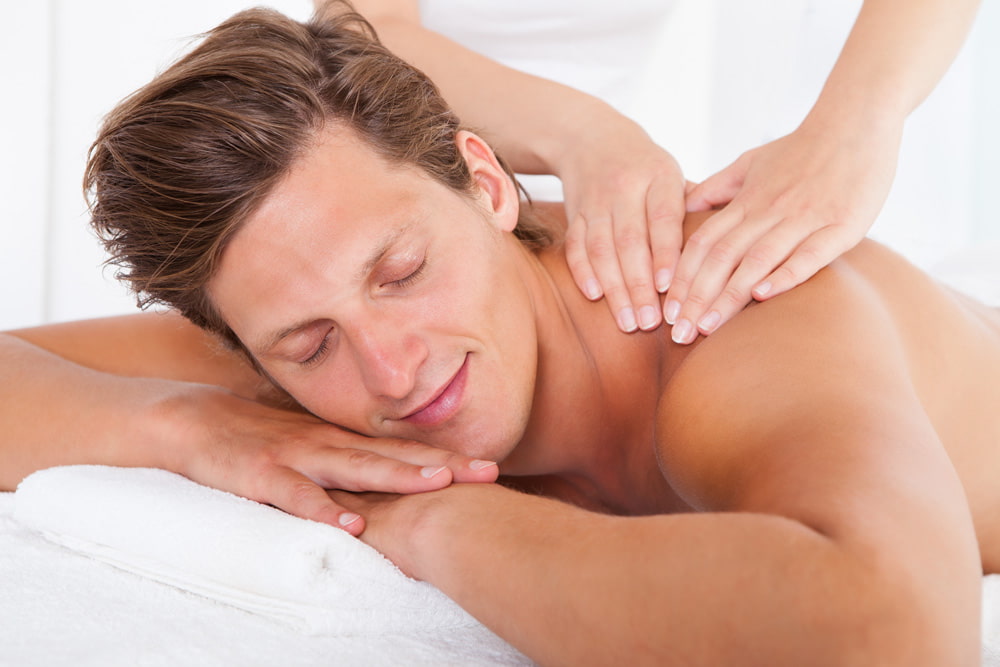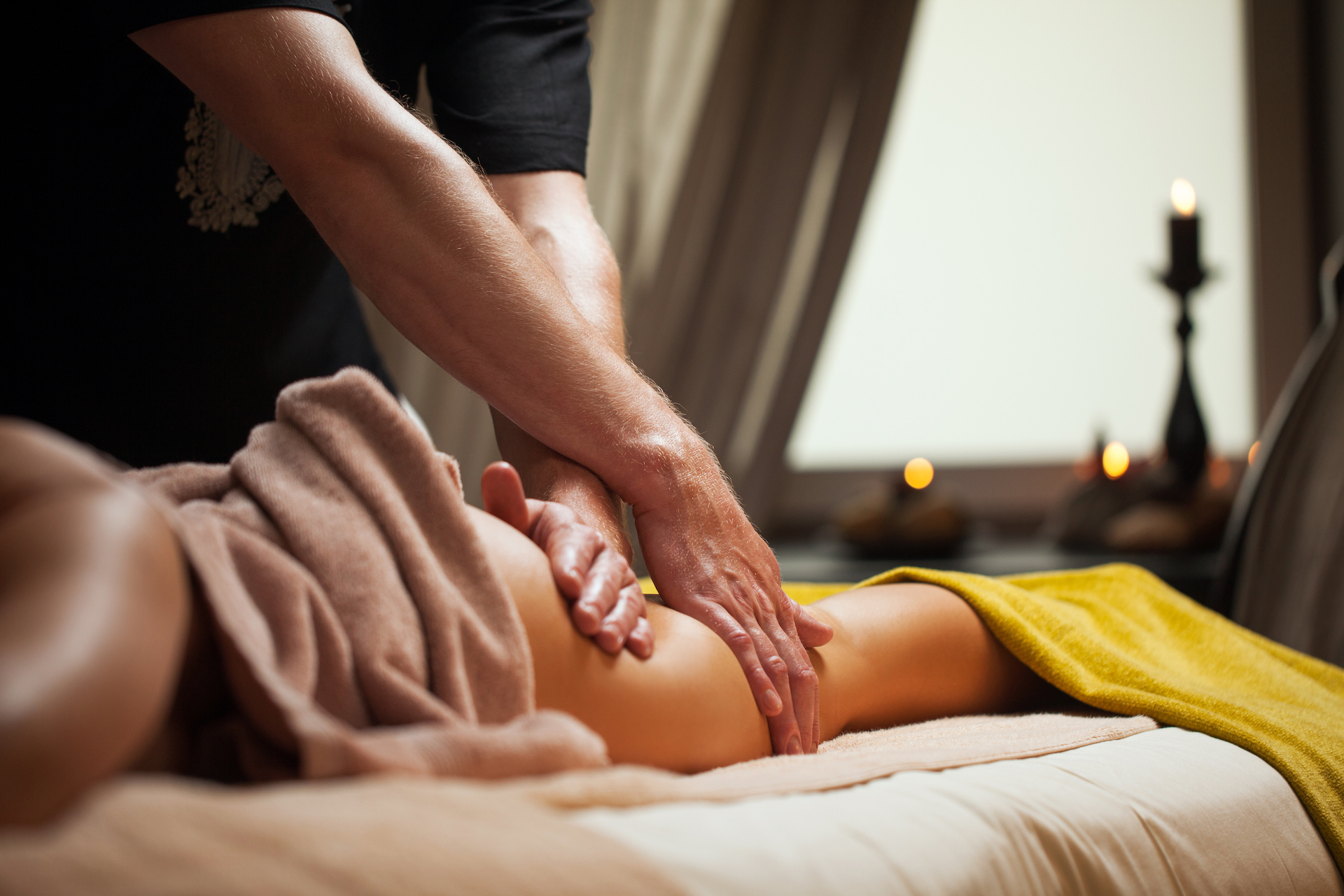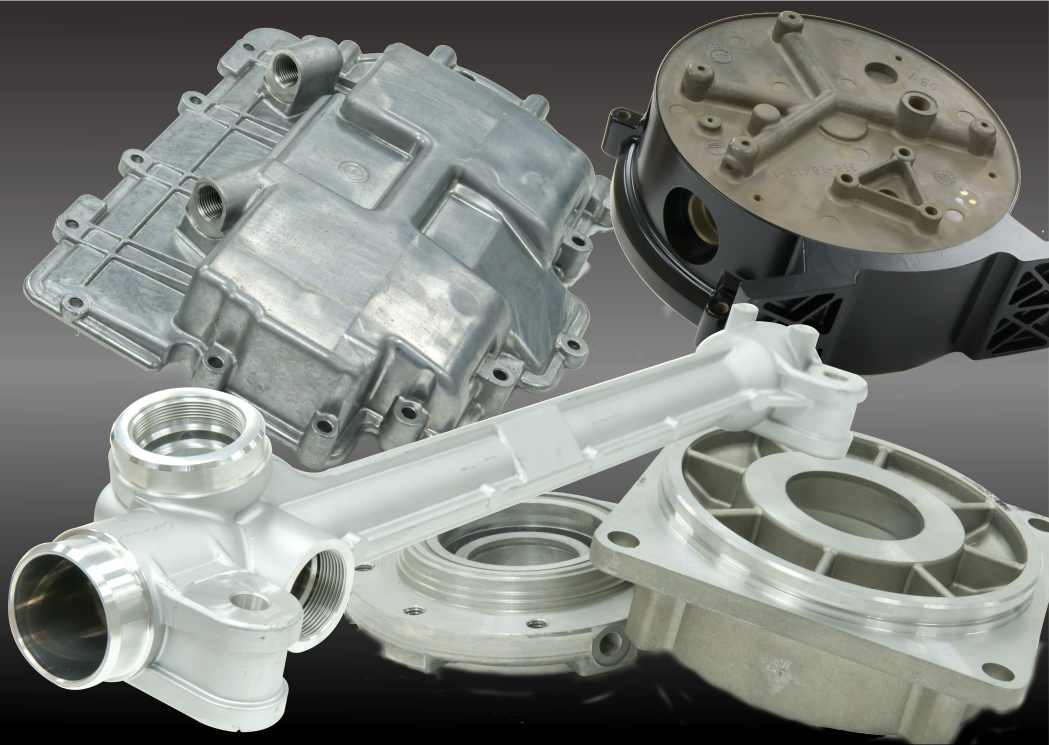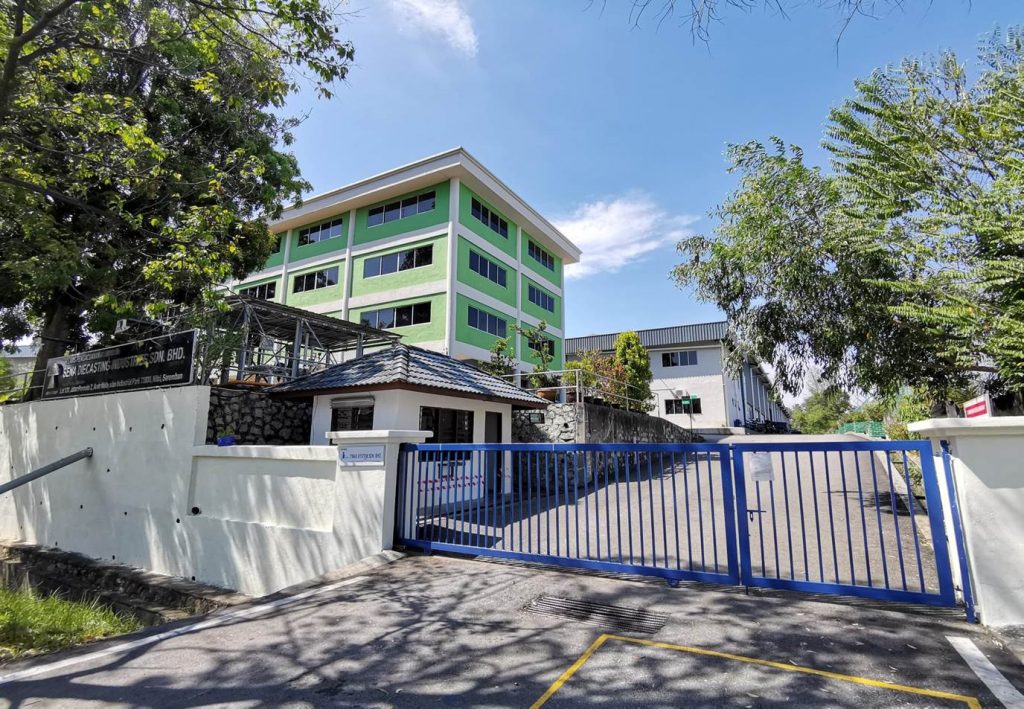Malaysia has long been known for its rich cultural heritage and diverse wellness practices, with massages being an integral part of its traditional healing system. Rooted in ancient techniques passed down through generations, Malaysian massages combine influences from Malay, Chinese, and Indian cultures, making them unique and highly effective. Whether for relaxation, stress relief, or pain management, massages in Malaysia cater to a wide variety of needs, attracting both locals and international visitors. From luxurious spa resorts in Kuala Lumpur to small massage parlors in Penang and Langkawi, the country offers an extensive selection of massage experiences. Many therapists incorporate the use of herbal oils, natural ingredients, and traditional pressure techniques to enhance the therapeutic effects. As the wellness industry continues to thrive, Malaysia remains a top destination for those seeking relaxation and holistic healing through massage therapy.
The traditional Malay massage, often referred to as “urut,” is one of the most popular forms of massage in Malaysia. This deep-tissue massage technique focuses on stimulating blood circulation, relieving muscle tension, and restoring the body’s natural balance. Malay massage therapists use firm, rhythmic strokes combined with kneading and pressing techniques to help ease muscle pain and promote overall well-being. Natural oils infused with ingredients such as lemongrass, ginger, and coconut oil are commonly used to enhance the healing properties of the massage. One of the most sought-after variations is the postpartum Malay massage, which helps new mothers recover from childbirth by improving circulation, reducing water retention, and tightening the skin. Many Malay massage centers still follow traditional methods, preserving the authenticity of this centuries-old practice while integrating modern wellness approaches.
Chinese massage therapy is another widely practiced healing technique in Malaysia, influenced by traditional Chinese medicine. These massages focus on restoring the balance of energy, or “Qi,” in the body by using acupressure, reflexology, and Tui Na techniques. Acupressure involves applying pressure to specific meridian points to release blockages and stimulate energy flow, which helps alleviate pain and stress. Reflexology, a popular foot massage technique, is based on the idea that different points on the feet correspond to organs in the body, making it an effective way to promote overall health. Many Chinese massage centers in Malaysia specialize in treating ailments such as migraines, back pain, and digestive issues through these ancient techniques. With skilled therapists trained in traditional healing methods, Chinese massages in Malaysia are sought after for both relaxation and therapeutic benefits.

Indian massage traditions, deeply rooted in b2b ipoh healing, also play a significant role in Malaysia’s wellness landscape. Ayurvedic massages use warm herbal oils and specialized techniques to balance the body, mind, and spirit. The Abhyanga massage, a well-known full-body oil treatment, is designed to detoxify the body, improve circulation, and nourish the skin. Another popular Ayurvedic therapy is Shirodhara, where a continuous stream of warm oil is poured onto the forehead to calm the nervous system and enhance mental clarity. Indian head massages, which focus on relieving stress and promoting relaxation, are also widely available in Malaysia. Many Ayurvedic massage centers combine these treatments with yoga and meditation practices, providing a holistic approach to well-being. With an increasing number of people embracing natural healing methods, Ayurvedic massages continue to gain popularity among wellness enthusiasts.
Beyond traditional techniques, Malaysia is also home to a thriving luxury spa industry that offers modern relaxation therapies. Many five-star resorts and high-end wellness centers provide a combination of traditional and contemporary treatments, such as aromatherapy massages, deep-tissue therapy, and hot stone massages. Aromatherapy massages involve the use of essential oils like lavender, eucalyptus, and chamomile to promote relaxation and enhance the sensory experience. Hot stone therapy, which uses heated stones placed on pressure points, is highly effective in reducing stress and muscle stiffness. Wellness retreats in destinations like Langkawi, the Cameron Highlands, and Tioman Island offer visitors a chance to escape the hustle and bustle of city life and indulge in spa treatments surrounded by nature. These luxury experiences cater to both tourists and locals looking for a rejuvenating break from their daily routines.
As wellness and self-care continue to gain importance in modern society, Malaysia has embraced a holistic approach to massage therapy, offering a wide range of treatments to suit different preferences and needs. Whether it is the deep-pressure techniques of a Malay massage, the precision of Chinese acupressure, or the calming effects of Ayurvedic therapy, there is something for everyone. The increasing awareness of the benefits of massage therapy has led to a surge in wellness centers, spa resorts, and independent massage parlors across the country. Many people now incorporate massages into their lifestyle as a way to maintain physical and mental well-being. With its unique blend of cultural influences and commitment to traditional healing, Malaysia continues to be a leading destination for those seeking relaxation, rejuvenation, and holistic wellness through the art of massage.




